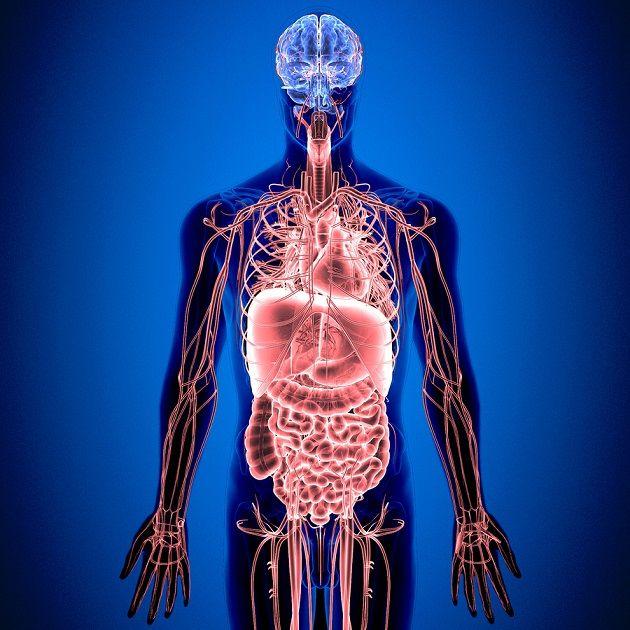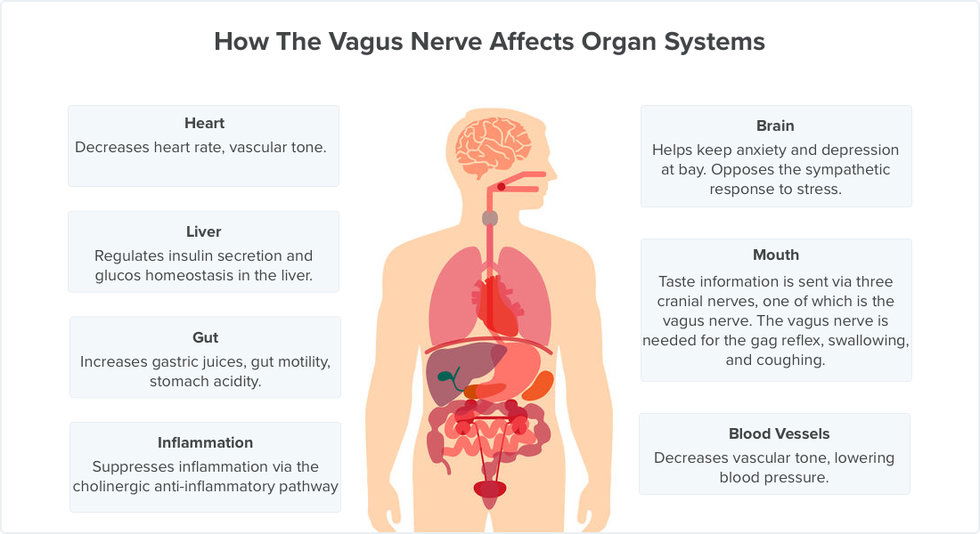The Diaphragm the great mediator between mind & body.

The human body is a complex and interconnected system where every component plays a crucial role in maintaining health and well-being.
Among these components, the diaphragm, a dome-shaped muscle located beneath the ribcage, is often underestimated in its significance. Beyond its primary function in respiration, the diaphragm plays a profound role in regulating the nervous system, influencing both our physical and mental states.
This article explores the essential relationship between the diaphragm and the nervous system from a body-mind perspective.
The Anatomy of the Diaphragm

Before delving into the diaphragm's connection with the nervous system, it is essential to understand its anatomy and primary functions.
The diaphragm is a unique muscle that separates the chest cavity from the abdominal cavity. It contracts and relaxes to facilitate breathing, specifically during inhalation and exhalation.
Breathing and the Autonomic Nervous System
The autonomic nervous system (ANS) is responsible for controlling involuntary bodily functions, including heart rate, digestion, and respiratory rate.
It consists of two branches: the sympathetic nervous system (SNS) and the parasympathetic nervous system (PNS).

The SNS is often associated with the body's "fight or flight" response, while the PNS is responsible for the "rest and digest" state.
The diaphragm, through its rhythmic contractions during breathing, has a direct impact on the ANS. When we inhale, the diaphragm contracts, creating a negative pressure in the chest cavity, which draws air into the lungs. This action primarily engages the PNS, promoting relaxation and calmness. Conversely, during exhalation, the diaphragm relaxes, and the SNS becomes more active, preparing the body for action.
The Diaphragm and Stress Response
Stress is an inevitable part of life, and how we respond to it can significantly affect our physical and mental well-being. The diaphragm plays a pivotal role in modulating the body's stress response. Shallow, chest-based breathing, which neglects the diaphragm's involvement, can lead to chronic stress and anxiety. In contrast, deep, diaphragmatic breathing promotes a more balanced activation of the ANS, reducing stress and promoting relaxation.
Diaphragmatic breathing enhances the PNS's activity, leading to decreased heart rate, lowered blood pressure, and improved digestion. It also stimulates the vagus nerve, a critical component of the PNS that helps regulate various bodily functions, including inflammation and emotional responses.

Emotional Resilience and the Diaphragm
The connection between the diaphragm and the nervous system extends beyond the physical realm into the emotional and psychological domains. Deep, conscious breathing engages the diaphragm and encourages a sense of mindfulness. This practice can help individuals become more in tune with their emotions, promoting emotional regulation and resilience.

Furthermore, the diaphragm's role in oxygenating the brain is vital for cognitive function and mental clarity. Proper oxygenation through diaphragmatic breathing can improve focus, concentration, and overall mental well-being.
Exercises for Diaphragmatic Health
To harness the benefits of the diaphragm's influence on the nervous system, individuals can incorporate specific exercises into their daily routines. Here are a few simple practices:
- Diaphragmatic Breathing: Find a quiet, comfortable space. Inhale deeply through your nose, allowing your diaphragm to expand and push your abdomen out. Exhale slowly through your mouth, contracting your diaphragm. Repeat this process for a few minutes daily.
- Yoga and Mindfulness: Practices such as yoga and mindfulness meditation emphasize diaphragmatic breathing. Regular participation in these activities can enhance your mind-body connection and reduce stress.
- Breath Awareness: Throughout the day, take moments to become aware of your breath. Are you breathing deeply and using your diaphragm, or are you taking shallow breaths? Adjust your breathing as needed to promote relaxation.
- Self abdominal massage - learning techniques from a trained individual on how to release your own diaphragm and the pressure that we can accumulate in the abdomen can be a game changer.
- Jumping or skipping rope - skipping rope , or jumping jacks can be a great tool to relax the diaphragm and other organs in the abdomen.
Conclusion
The diaphragm is not merely a muscle responsible for respiration; it is a powerful regulator of the nervous system with profound implications for our physical and mental well-being.
By consciously engaging and strengthening the diaphragm through practices like diaphragmatic breathing, bodywork, yoga, and mindfulness, individuals can cultivate greater emotional resilience, reduce stress, and improve their overall quality of life. Understanding the intricate relationship between the diaphragm and the nervous system offers a holistic approach to well-being that connects the body and mind in harmony.
If you have any questions please feel free to reach out to me.
Mihael Mamychshvili